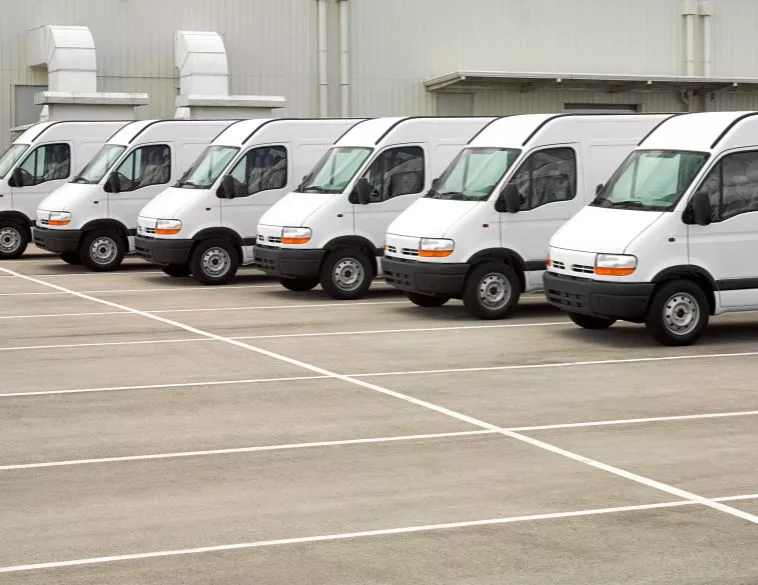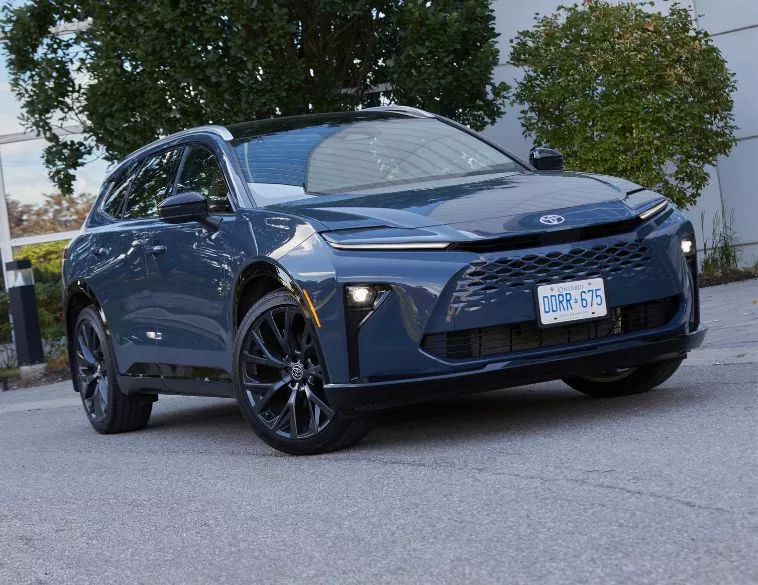Lowering the entry cost of electrification: practical solutions for commercial fleets

Electrifying commercial transportation is essential for reducing GHG emissions and meeting climate goals. Yet, despite growing interest, many organizations hesitate to take the leap. Why? High upfront costs: from purchasing vehicles and installing charging stations to upgrading electrical infrastructure…
Thankfully, several financial and contractual levers exist to ease the financial burden and support the rollout of your electric fleet!
Take advantage of public funding
Various levels of government have implemented subsidies to support the shift to electric transportation. A notable example is Canada’s iMHZEV program for medium- and heavy-duty zero-emission vehicles, designed to lower acquisition costs.
In Quebec, the Écocamionnage program recently received additional funding to support vehicle and charging station purchases as well as project engineering. In British Columbia, electric utility BC Hydro offers multiple incentives. Some municipalities also enhance existing government programs or offer their own.
To fully benefit from these incentives, you need to understand eligibility criteria, application timing, and related obligations. An expert partner can help you navigate the process and secure the highest possible funding.
Consider private financing
Specialized companies offer tailored financial support for sustainable mobility. Depending on the model, this can include electric vehicles, charging infrastructure and related work. These financing solutions can complement public programs or serve as alternatives when your project is ineligible.
This approach can enable a faster rollout of your electrification project or offer flexible financing tailored to your operational reality, while preserving working capital for your ongoing priorities and future investments.
The lease-to-own model
Still relatively unknown in the world of electrification, the lease-to-own model allows you to spread out the costs of your charging infrastructure over several years. As demand surges, financial providers are stepping up to offer solutions built for commercial fleets making the switch to electric.
In practical terms, your equipment is owned by a financial services provider, and you pay a fixed monthly fee. You then have the option to purchase the infrastructure at the end of the lease term.
This significantly reduces your initial investment and frees up capital for other projects. And with technology evolving so quickly, it gives you the flexibility to adapt while minimizing the risk of being locked into outdated solutions.
Think long-term, save right away
Beyond financial levers, smart planning plays a key role in reducing costs. Conducting a fleet study, avoiding oversizing and planning future deployment phases are all strategies that can lead to significant savings.
Looking for a financing program designed specifically for fleet electrification? Explore Polara Capital. We also offer lease-to-own solutions. Contact us at info@polara.energy for more details!





